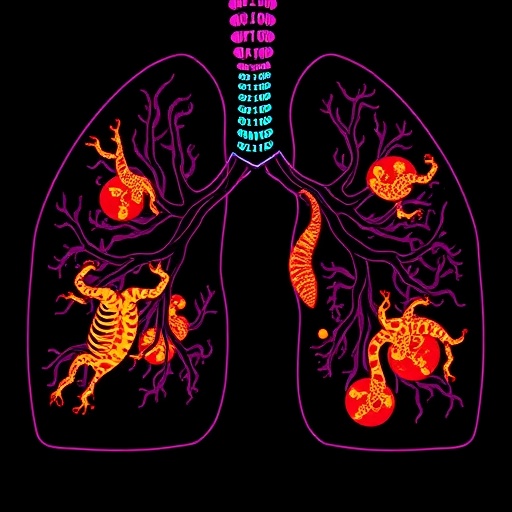CORVALLIS, Ore. – An international team of researchers, including a psychologist at Oregon State University, has developed a standardized measurement for pediatric facial palsy that will improve the care for current and future patients with the condition.
The team, which includes researchers from nine countries, published its findings Thursday in JAMA Facial Plastic Surgery.
Each year, more than a million children worldwide are diagnosed with pediatric facial palsy, a condition where there is a weakness of facial muscles on one or both sides of the face. There are a number of causes, including abnormalities in nerves at birth, trauma to the head or infections. For some children, the condition resolves with time, but others may have permanent facial palsy.
“Facial palsy profoundly impacts many aspects of a child’s life, from functional issues like eating and vision, to core psychological issues such as social communication, peer relationships and quality of life,” said Kathleen Bogart, an associate professor of psychology in the College of Liberal Arts at Oregon State and the only psychologist on the research team. “Using a standard set of measurement tools to track these outcomes after treatments will ensure that clinicians understand patient strengths and challenges while enabling them to verify what treatments are effective.”
Historically, there has been a wide range of measurement tools to evaluate treatment plans for patients with the condition, but efforts to create a universal measurement tool have been unsuccessful. Pediatric facial palsy is notoriously difficult to treat, and inconsistent use of outcome measures have hampered understanding of treatment effectiveness. A nonprofit organization called the International Consortium for Health Outcomes Measurement aimed to change that. The organization facilitated a series of seven teleconferences over nine months with a group of 21 experts, including Bogart, and patient representatives.
The result was the standard measurement tool that allows the recording of outcomes following facial palsy treatment, surgical and non-surgical, for pediatric patients.
The measurement tool takes into account a number of factors: facial appearance and movement; oral continence; speech; facial discomfort; vision and ocular symptoms; health-related quality of life; social health; and major complications from interventions. Each factor is assessed using a scientifically validated tool.
The standard measurement tool can be applied to all patients under 18 years of age who present with facial palsy of any duration. The following treatment options can be evaluated using the measurement tool: medical treatment, surgical treatment, eye protection interventions, physical therapy, occupational therapy, psychological therapy, speech therapy and botulinum toxin treatment.
The next step is for the researchers who developed the standard measurement tool to evaluate it and demonstrate it works. Then, they will encourage adoption of the measurement tool among a wider pool of providers and national regulatory bodies.
###
Media Contact
Kathleen Bogart
[email protected]
Related Journal Article
https:/
http://dx.




